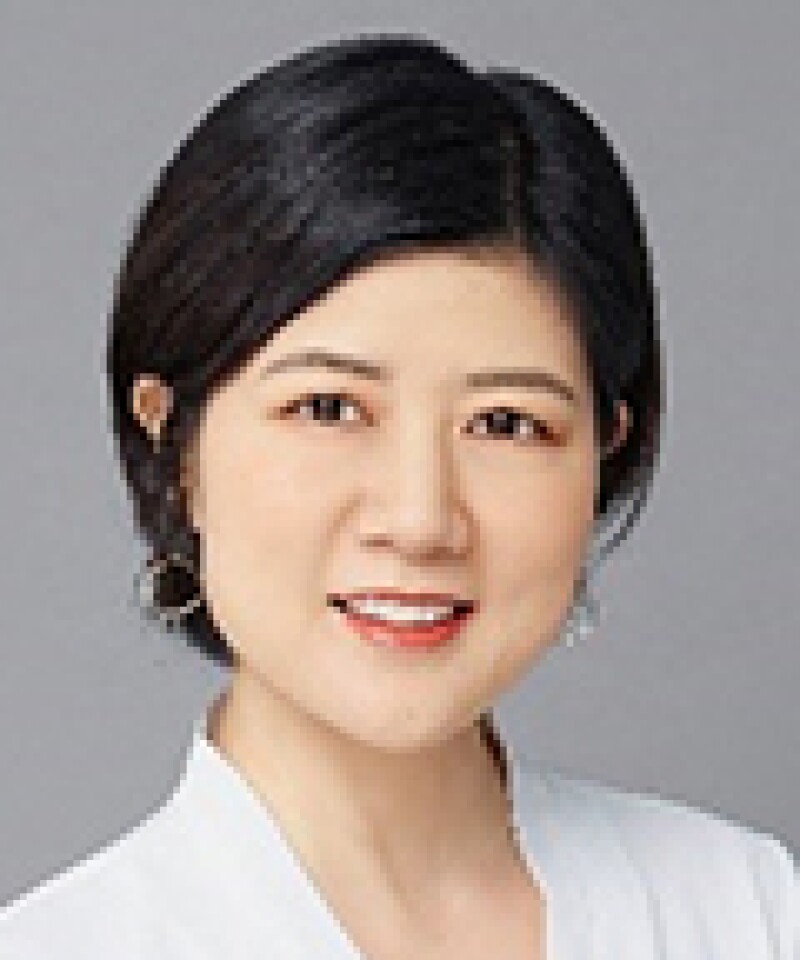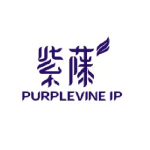The medical device industry in China is now embracing its ‘golden age’. As of December 31 2021, it has recorded 28,954 medical device manufacturers nationwide, an increase of 13.8% compared with 25,440 in 2020.
The pharmaceutical market is developing rapidly in China where the benefits from policies have made industrial competitors focus more on their patent strategies. Mainland China has become the world’s largest region for technical innovation after the US, Japan and Europe.
In order to further protect human health and safety by supervising and administrating medical devices and ensure the safety and effectiveness of those medical devices, in 2000, the State Council of the People’s Republic of China issued and implemented the ‘Regulation on the Supervision and Administration of Medical Devices’ (the regulation). The regulation was amended in 2014, 2017 and 2021.
The latest amendment to the regulation was officially implemented on June 1 2021. The highlights of the revision are discussed below.
First, the regulation continues to strengthen the administration of the life cycle of medical devices from registration/recording to production, operation and use. Through implementing the system for medical device registrants and recordation entities, the regulation strengthens the responsibilities of enterprises.
The regulation specifies that registrants and recordation entities shall establish the quality management systems commensurate with products and maintain the effective operation thereof, strengthen the administration after the marketing of medical devices, establish and implement the product traceability and recall rules, and assume responsibilities according to the law for the safety and effectiveness of medical devices in the process of research and development, production, operation and use thereof.
Medical device registrants and recordation entities may produce medical devices by themselves, or commission other parties that comply with certain rules. The regulation also specifies the responsibilities and obligations of entities engaged in the online distribution and the responsibilities of operators of e-commerce platforms.
The relevant provisions involved are:
Responsibility of registrants and recordation entities (paragraph 2, Article 13);
Registration and recordation process of overseas entities as registrants and recordation entities (Articles 15 and 16);
Establishing the quality management systems commensurate with products and maintaining the effective operation thereof (paragraph 1, Article 20);
Developing the plans for research after the marketing of medical devices and risk management and control and ensuring the effective implementation thereof (paragraph 1, Article 20);
Conducting adverse event monitoring and re-evaluation according to the law (paragraph 1, Articles 62 and 66);
Establishing and implementing the product traceability and recall rules (Article 67);
Commission agreements for commissioned production and responsibilities and obligations of both parties (paragraph 2, Article 34);
Prohibition of production of the implantable medical devices with high risks on a commission basis (paragraph 3, Article 34);
Relevant provisions regarding online distribution of medical devices (Article 46).
Second, the regulation requires an implementation of certain reform of the medical device review and approval system of medical devices, and includes medical device innovation in the scope of development priorities to promote high-quality development of medical device industry.
The regulation specifies that the state shall give priority to the evaluation and approval of innovative medical devices to support the clinical promotion and use of innovative medical devices, support the basic research and application research of medical devices to facilitate the promotion and application of new medical device technologies.
In the meantime, enterprises shall be supported in establishing or jointly forming research and development institutions, and be encouraged to cooperate with institutions of higher education, scientific research institutes, and medical institutions, among others, in conducting research and facilitating innovations on medical devices, strengthen the IP protection for medical devices, and improve independent innovation capabilities in terms of medical devices.
The relevant provisions involved are:
Giving priority to medical innovation review and approval to promote medical device innovation (Article 8);
Supporting the basic research and application research of medical devices (Article 9);
Commendation and reward of research and innovation of medical devices. (Article 12);
Loosing requirements on registration and recordation of overseas innovative medical devices (paragraph 2, Article 15, and paragraph 2, Article 16);
Encouraging medical institutions to conduct clinical trials of innovative medical devices (paragraph 3, Article 26).
Third, the regulation specifies that the state shall strengthen the information technology construction for the supervision and administration of medical devices, enhance the level of online government services, and facilitate the handling of administrative licensing and recordation of medical devices.
The relevant provisions involved are:
Announcement of relevant recordation information by the State Council through the online government service platform (paragraph 3, Article 15);
Announcement of relevant registration information by the State Council through the online government service platform (Paragraph 2, Article 18).
Fourth, the regulation strengthens supervisions and punishments for illegal acts.
The regulation stipulates that the state shall establish professional and specialised inspector teams and unique identification systems for medical devices, conduct extended inspection and impose punishments for dishonesty.
In the meantime, the state shall impose harsher punishments for violation of laws, severely increase the cost for violation as a means to intimidate the enterprises and individuals and punish the violators for their illegal acts. In addition, those who are suspected in criminal cases should be held criminally liable.
The relevant provisions involved are:
Establishing a professional and specialised inspector system (Article 68);
Implementing the unique identification system for medical devices (Article 38);
Prohibition of the import of used medical devices that have been expired, invalid or eliminated (paragraph 3, Article 57);
Reporting on the surveillance of adverse events of medical devices (paragraph 3, Article 64);
Extended inspection of other relevant entities and individuals by medical products administrations (paragraph 2, Article 69);
Regulatory measures against potential quality and safety hazards that are not eliminated in a timely manner in the process of production and operation (paragraph 1, Articles 72 and 74);
Increase of cost for violation and clarification of responsibilities of each individual (Articles 81, 82, 83, 85, 86, 88, 89 and 90);
Addition of four punishable situations regarding recordation (Article 84);
Guidance of punishment for purchase of medical devices and failure to implement the responsibilities related to the whole life cycle administration of medical devices according to regulations (Article 89);
Punishment for violating the relevant regulations of online distribution of medical devices and failure to comply with the quality management norms for clinical trials of medical devices (Articles 92 and 94);
Punishment for failure of domestic enterprise legal person designated by a medical device registrant or recordation entity to fulfill relevant obligations in accordance with regulations (Article 98);
Generally, the 2021 edition of the regulation optimises the review and approval procedures and further strengthens the supervision of the whole life cycle of medical devices, accelerating the development of China’s medical device industry while alleviating the problem of clinical application.
It is expected that the issuance of relevant supporting measures will boost industrial development and drive the innovation of medical device enterprises, so as to force enterprises into completing or reviewing their compliance management (including IP) and better control relevant risks in the life cycle of new products.
Currently, the US remains a primary medical device manufacturing country with the biggest export of patented technologies in the world. As one of the world’s important medical device manufacturing bases, China represents nearly 20% of the global medical device market and is grabbing greater market share. Therefore, impressed by the sheer size of the Chinese market, foreign enterprises are casting eyes on China and making a foray into patented technology development.
In a broad sense, the enterprises are advised to prioritise patent mapping, track and monitor the trends for keeping abreast of the latest market developments. Besides, the enterprises can target some key areas or technical fields for patent classification and management, in a bid to grip trends of technical development. Technically speaking, medical devices are a fast-evolving sector, where greater efforts may be spared on patent portfolio planning.
Like all the other national markets, China’s medical device market has its own unique regulation and competition environment. In fact, Chinese authorities have unveiled a stream of preferential policies for domestic products in various ways in recent years.
Nonetheless, it’s unrealistic to completely localise medical devices in China, especially with importation playing a crucial part in innovation and technology transfer in the industry.

Xiaojuan Yu
Senior IP manager
Purplevine IP Group
T: +86 07 5526 609602
E: xiaojuan.yu@purplevineip.com
Xiaojuan Yu is the senior IP manager of Purplevine IP Group. She specialises in patent portfolio planning, high-value patent cultivation, patent infringement analysis, and patent asset evaluation, and has provided IP services for clients such as TCL Technology Group, Mindray, BYD, Xiaomi, Guangzhou Shiyuan Electronic Technology Company Limited (CVTE) and Anker Innovations.
Prior to joining Purplevine IP Group, Xiaojuan worked for ZTE Corporation and Heytea. She is a certified patent attorney and a certified lawyer in China.










